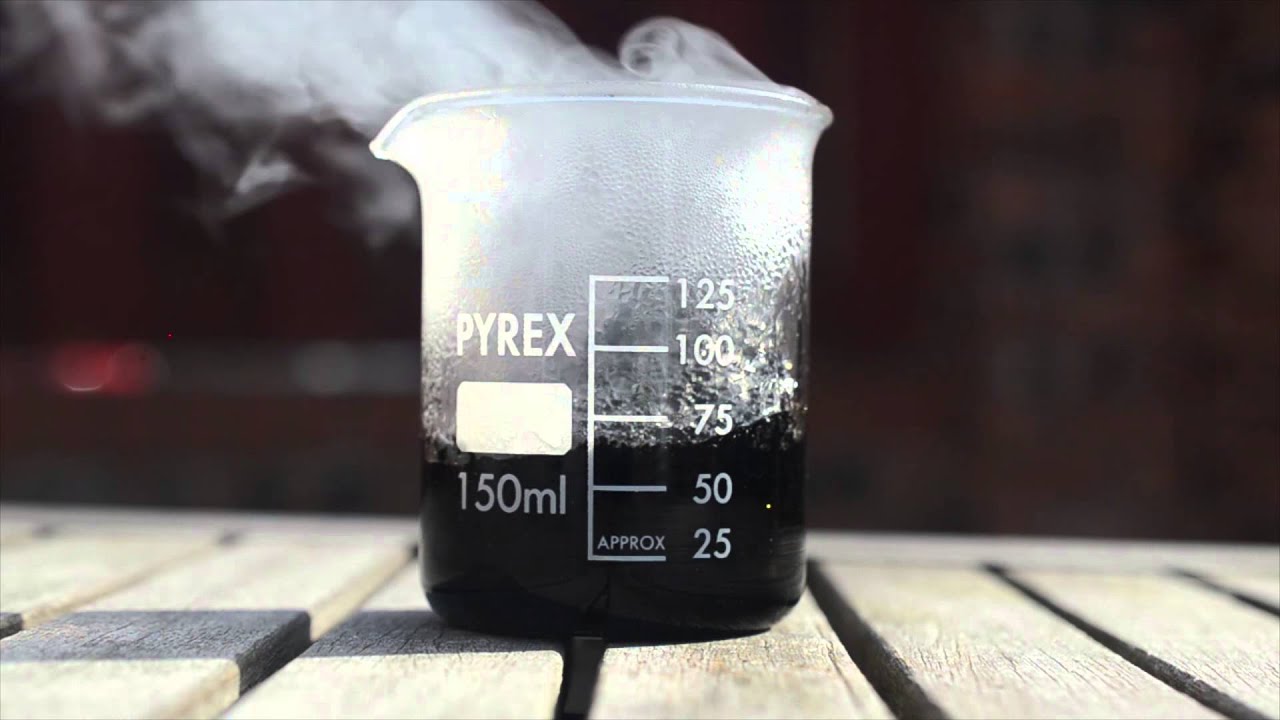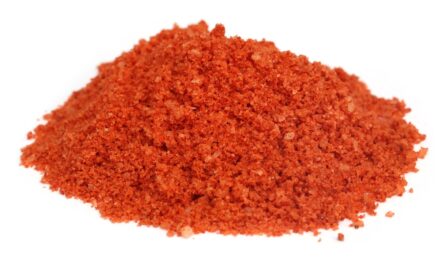Sulfuric acid, also known as vitriol, is a highly corrosive strong acid commonly used in chemical industry. Ultra pure sulfuric acid is a type of sulfuric acid which has an extremely high purity level required for various applications in industries like semiconductor, chemical and pharmaceutical.
Properties of Sulfuric Acid
Sulfuric acid is a colorless viscous liquid which is heavier than water and highly soluble in it. Its molecular formula is H2SO4. Some key properties of sulfuric acid are:
– It is highly corrosive and can cause severe burns on contact with skin.
– Concentrated sulfuric acid is highly exothermic and a strong dehydrating agent.
– It is a good oxidizing and carbonizing agent which can oxidize both organic and inorganic materials.
– Its density is around 1.84 g/cm3 which is higher than that of water.
– It ionizes when dissolved in water to form hydronium and bisulfate ions.
Production of Ultra Pure Sulfuric Acid
For applications requiring highest purity level, Ultra Pure Sulfuric Acid is produced through additional purification steps. In the production process:
– Sulfur is burned in air to produce sulfur dioxide which is further oxidized to sulfur trioxide in the contact process.
– Sulfur trioxide is dissolved in concentrated sulfuric acid to produce oleum.
– Oleum is diluted with water to obtain concentrated sulfuric acid.
– To obtain ultra pure grade, concentrated sulfuric acid undergoes series of purification steps like redistillation, hydrogen peroxide treatment and ion exchange.
– Final polish is given through techniques like electro/ultra-filtration and vapor phase distillation to reduce impurities below 1 part per billion.
– This results in colorless, odorless and highly pure sulfuric acid meeting the stringent quality standards.
Uses of Ultra pure Sulfuric Acid
The extreme purity level of ultra pure sulfuric acid makes it invaluable for applications where contamination is not tolerated. Some key uses are:
– Semiconductor industry: It is used as process chemical and cleaner in wafer fabrication. Presence of even minute impurities can damage integrated circuits.
– Pharmaceuticals production: Due to its highly pure nature, it can be used safely in production of active pharmaceutical ingredients and formulations where contamination is a serious concern.
– Chemical analysis: As solvent and reaction medium, it helps in producing highly accurate and reliable analytical results for quality control in chemicals production.
– Research laboratories: Due to its high reactivity and solubility for wide range of compounds, it is utilized in various analytical experiments and synthesis of specialty chemicals.
– Battery manufacturing: Batteries like lithium-ion batteries used in smartphones and electric vehicles require ultrapure sulfuric acid in electrolyte composition for consistent performance.
Challenges in handling Ultra pure Sulfuric Acid
Despite importance, handling of ultra pure sulfuric acid poses certain difficulties compared to commercial grades due to its highly corrosive nature and stringent purity requirements. Some challenges include:
– As it is colorless and odorless, leaks are not easily detectable requiring specialized equipment.
– Storage containers need to be made of corrosion resistant inert materials like lead, rubber lined steel, polytetrafluoroethylene or glass.
– Processing equipment from transport tankers to process vessels need to be properly cleaned and passivated to avoid contamination.
– Accidental exposure can cause severe burns being almost indistinguishable from water. Safety precautions like personal protective equipment, ventilation and neutralization facilities are critical.
– Quality control and certification of purity levels require sophisticated analytical techniques raising production costs.
– Transportation involves additional packaging and documentation compliance for hazardous chemicals.
*Note:
1. Source: Coherent Market Insights, Public sources, Desk research
2. We have leveraged AI tools to mine information and compile it




